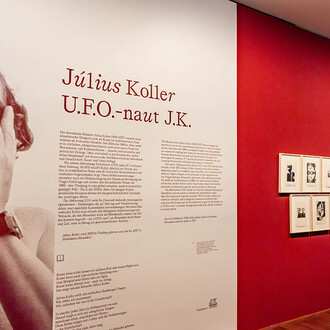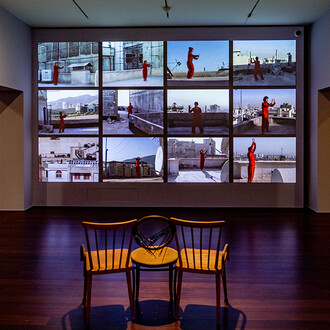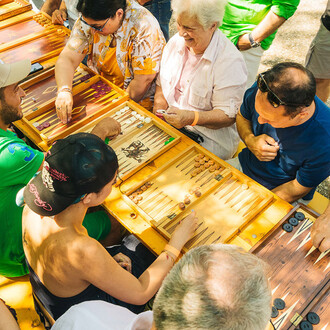The future of our planet—and the condition in which we will leave it to our descendants—are some of the most pressing concerns facing us today. Climate change and dwindling resources are critical issues that increasingly affect the everyday lives of many people.
The exhibition all natural presents a selection of artistic responses to the complex interrelationships between humanity and the natural world.
For a long time, prefixes like “natural,” “eco,” or “organic,” have been used to describe a lifestyle that causes as little harm as possible to the environment and to the individual. Sustainability—not just in terms of food, but also in other areas of everyday life, such as clothing, housing, and transport—is paramount here.
We now speak of the “Anthropocene”—the geological age of humans—to denote the increasing pressure the human species has been exerting on the environment, at least since the Industrial Revolution, and to highlight the fact that human activity is now altering the geological properties of our planet. Humanity’s need for energy, food, and consumer goods, the resulting rise in CO2 emissions, the depletion of mineral resources, industrial and agricultural overproduction, factory farming, and overfishing of the world’s oceans are strongly suspected of being responsible for changes in our ecosystem. The relationship between humans and their environment, which has always been a difficult one, is being pushed to its very limits.
Against this background, the all natural exhibition brings together works that take a critical view of our ambivalent relationship with the natural world and our capacity for destruction, but also presents designs that straddle the space between utopia and dystopia. A further section of the exhibition explores art that becomes a “second nature” through man-made attributions and transformations. A fourth area brings together works examining the relationship between humans and their environment as one of cause and effect. The exhibition ends with a selection of works that examine the aesthetics of the materials used—both synthetic and organic—to question an idealized concept of nature and art.
















